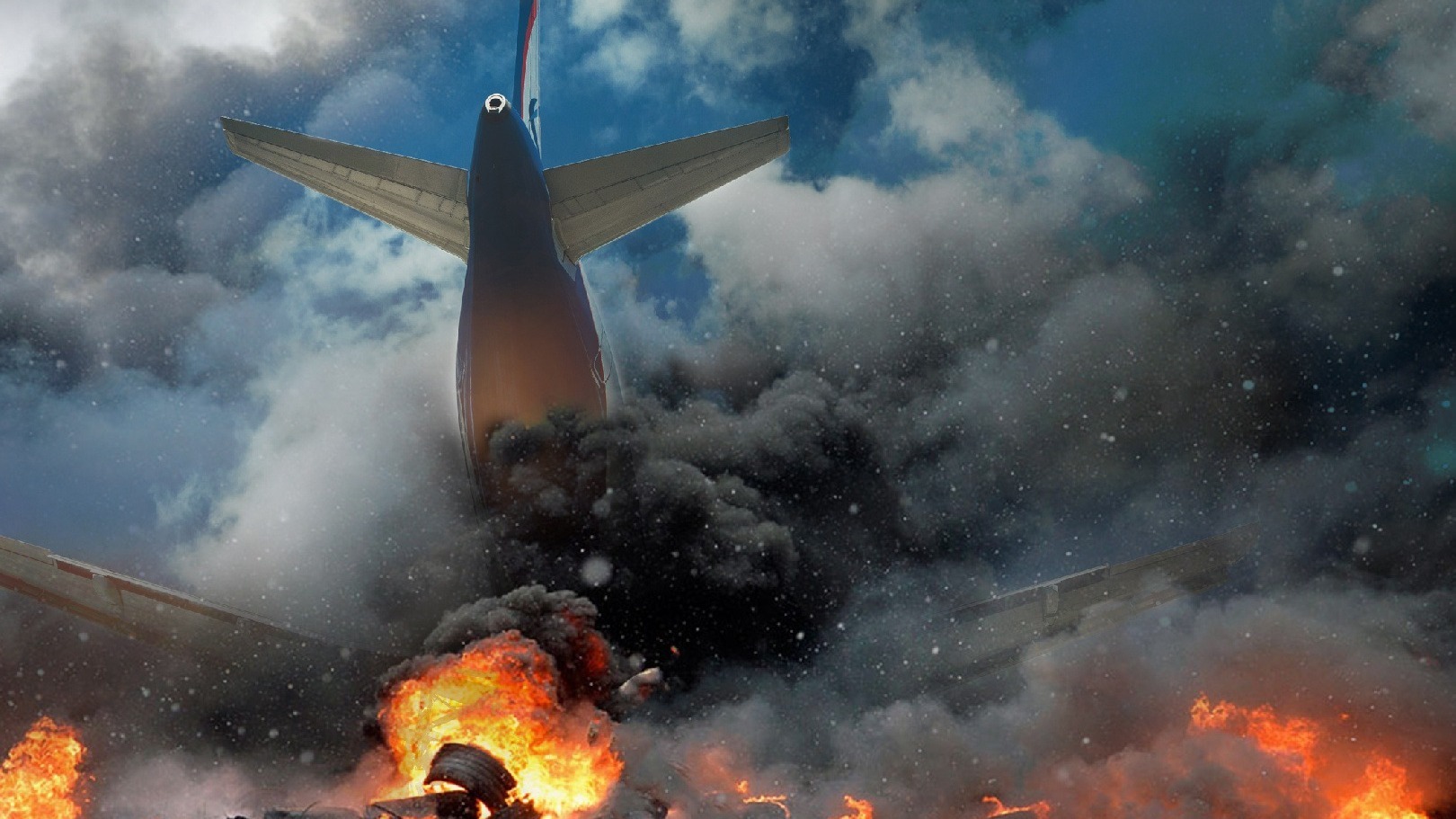Posted 23 августа 2023, 18:19
Published 23 августа 2023, 18:19
Modified 24 августа 2023, 07:28
Updated 24 августа 2023, 07:28

The largest plane crashes in which famous politicians died
The largest in terms of the number of victims was the Tu-154 disaster in Smolensk, on board of which was the President of Poland Lech Kaczynski. It happened on April 10, 2010. All 96 people on board were killed — 88 passengers and 8 crew members. In addition to the President of Poland and his wife, well-known Polish politicians, almost all of the country's top military command, public and religious figures also died. They flew to Russia on a private visit to the mourning events on the occasion of the 70th anniversary of the Katyn tragedy. The catastrophe near Smolensk became the largest in terms of the number of victims among plane crashes in which top officials of the state died.


The sad chronology of the deaths of state leaders and prominent political figures has been conducted since 1969, when Bolivian President Rene Barrentos Ortuño died in a staged plane crash.


In 1971, the most likely successor of Mao Zedong as chairman of the CPC Central Committee, General Lin Biao, died in a plane crash over the territory of Mongolia. According to one version, Lin Biao tried to escape to the USSR, but was killed by Chinese special services.


On July 31, 1981, under mysterious circumstances, the commander of the National Guard and the de facto leader of Panama, General Omar Torrijos, died in an air crash.


The President of Ecuador, Jaime Roldos Aguilera, died in a plane crash on May 24, 1981, under circumstances that were not fully clarified. There were rumors that an attempt had been made on Roldos.


On October 19, 1986, a Tu-134 plane crashed in the sky over the border of South Africa, Mozambique and Zimbabwe, on which The President of Mozambique, Zamora Machel, was returning to Maputo from an international conference. Together with the President, several ministers from the Mozambican Government were killed. The circumstances of the disaster have not yet been clarified exactly. Many in Africa still view the incident as a diversion by the South African special services.


On August 17, 1988, with a group of accompanying persons, the President of Pakistan, General Zia-ul-Haq Mohammad flew from Islamabad to the military base in Bahawalpur on a Hercules C-130 military aircraft. Along with him flew a number of senior officers of the Pakistani army, as well as the American ambassador to Arnold Reifel in Pakistan. The American ambassador was supposed to fly back on his own plane, but Zia-ul-Haq convinced him to fly with him, on his plane. The plane gained altitude, but when approaching the Sutlej River, the plane crashed and crashed.


Russian politicians also died in plane crashes.
On April 28, 2002, at the Buibinsky Pass in the Krasnoyarsk Territory, the Mi-8AMT helicopter collided with power line wires, fell and collapsed. Seven people were killed on board, including the Governor of the Krasnoyarsk Territory, General Alexander Lebed. Officials were inspecting the ski slope. The cause of the disaster was the unsatisfactory preparation of the Mi-8 crew for the flight.


On August 20, 2003, in the Kamchatka Region, the Mi-8MT helicopter with 17 passengers — the Governor of the Sakhalin Region Igor Farkhutdinov and accompanying persons — deviated from the route agreed with the air traffic control service. The helicopter lost control and collided with the ground, killing all 20 people on board, including the governor.


On May 10, 2009, a private Bell 407 helicopter crashed in a forest near the village of Malyshkino, 45 km from Irkutsk, colliding with the tops of trees. The aircraft was found completely destroyed and burned down. Four people were killed on board — the pilot and three passengers, including the Governor of the Irkutsk region Igor Esipovsky and the first deputy chairman of the Government of the Irkutsk region Mikhail Shtonda. There was a version in the media that the disaster occurred due to an attempt to lift the carcass of a bear killed on a hunting trip aboard a helicopter. In the photo — Esipovsky with his associates a few minutes before his death.

